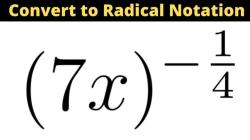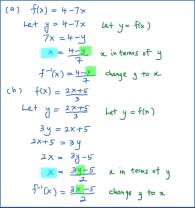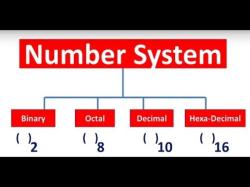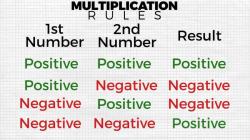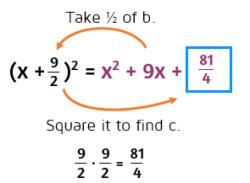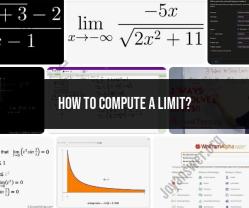How do you determine whether a function is linear?
Determining whether a function is linear involves examining its mathematical form and properties. A function is considered linear if it meets the following criteria:
First-Order Polynomial: A linear function is a first-order polynomial, meaning it can be expressed as , where:
- is the slope of the line.
- is the y-intercept (the value of when ).
Proportionality: In a linear function, the change in the output (dependent variable) is directly proportional to the change in the input (independent variable). This means that the ratio of the change in output to the change in input remains constant.
No Higher Powers: The function should not contain any higher powers of the independent variable , such as , , etc. Higher powers would make the function nonlinear.
No Other Terms: A linear function should not contain any other terms that are not multiples of (i.e., no , , , , etc.).
To determine whether a function meets these criteria, you'll need to examine its algebraic expression and verify if it fits the form of a linear function , where and are constants. If it does, and if it exhibits proportionality and lacks higher-order terms, then it can be considered a linear function.
What criteria are used to determine if a function exhibits linearity?
There are two main criteria to determine if a function exhibits linearity:
- Homogeneity: A linear function satisfies the property of homogeneity. This means that if you multiply the input of the function by a constant value (k), the output is also multiplied by the same constant value (k). In mathematical terms:
f(kx) = kf(x)
for any constant k and any input value x.
- Additivity: A linear function also satisfies the property of additivity. This means that the output for the sum of two inputs is equal to the sum of the outputs for each individual input. Mathematically:
f(x + y) = f(x) + f(y)
for any input values x and y.
If a function satisfies both homogeneity and additivity, then it is considered a linear function.
Here are some additional points to consider:
- These criteria can be applied to functions with one or multiple inputs.
- You can often verify linearity by examining the function's equation. For example, the equation f(x) = mx + b represents a linear function because it satisfies both homogeneity and additivity (m and b are constants).
- In some cases, graphical analysis can also help determine linearity. A linear function will generally appear as a straight line on a graph. However, keep in mind that some non-linear functions might appear linear in a specific range.








